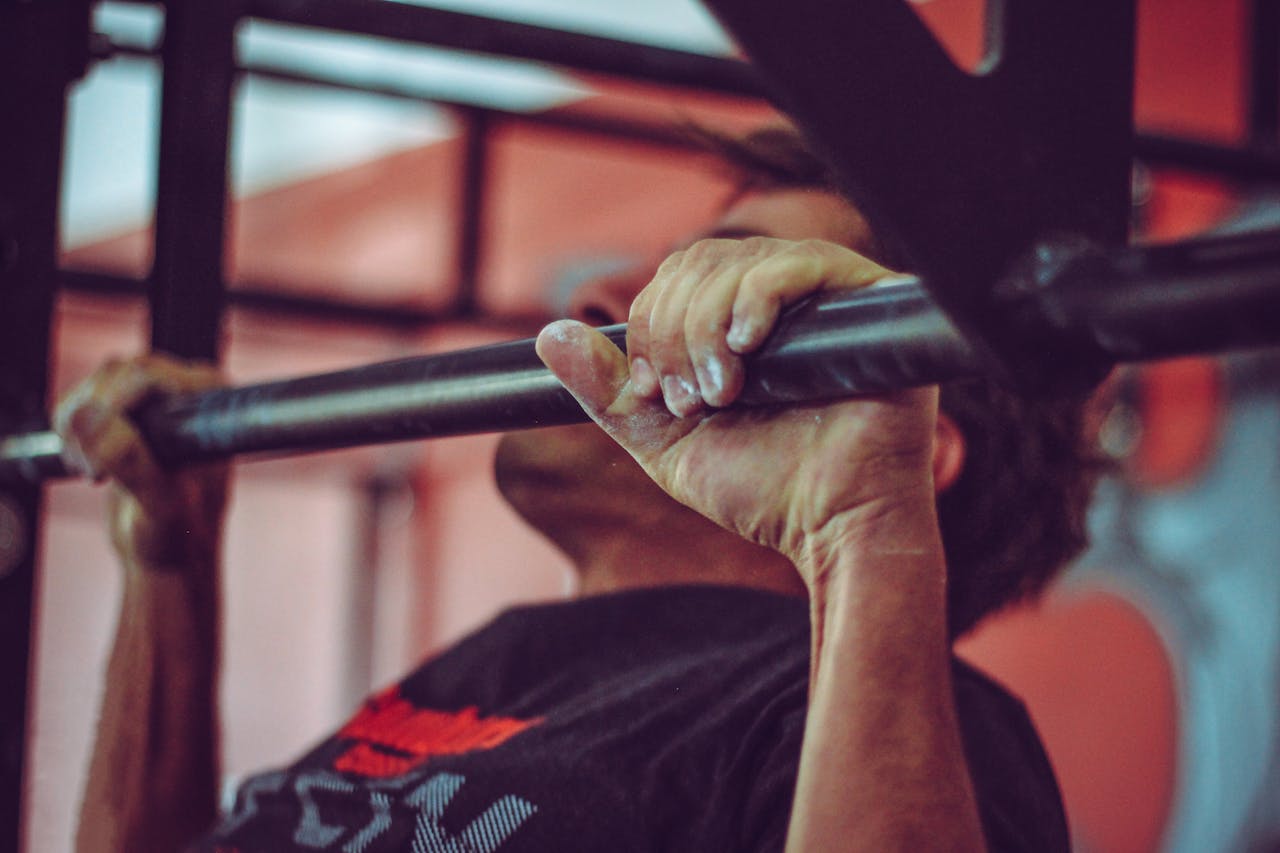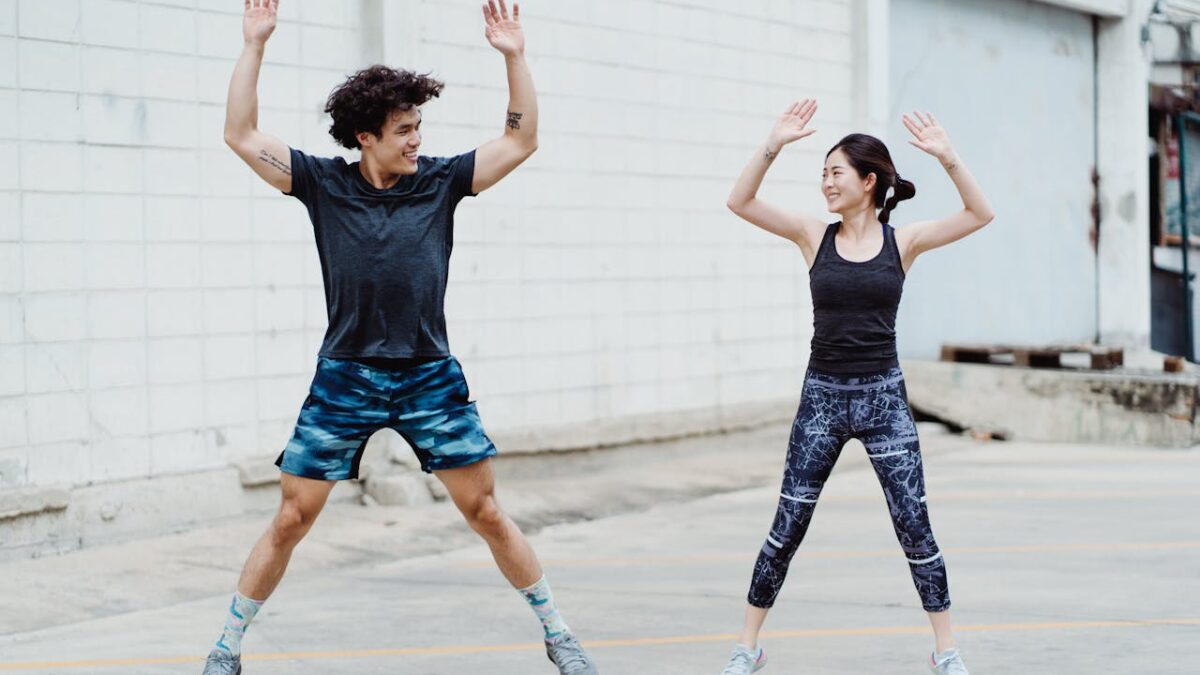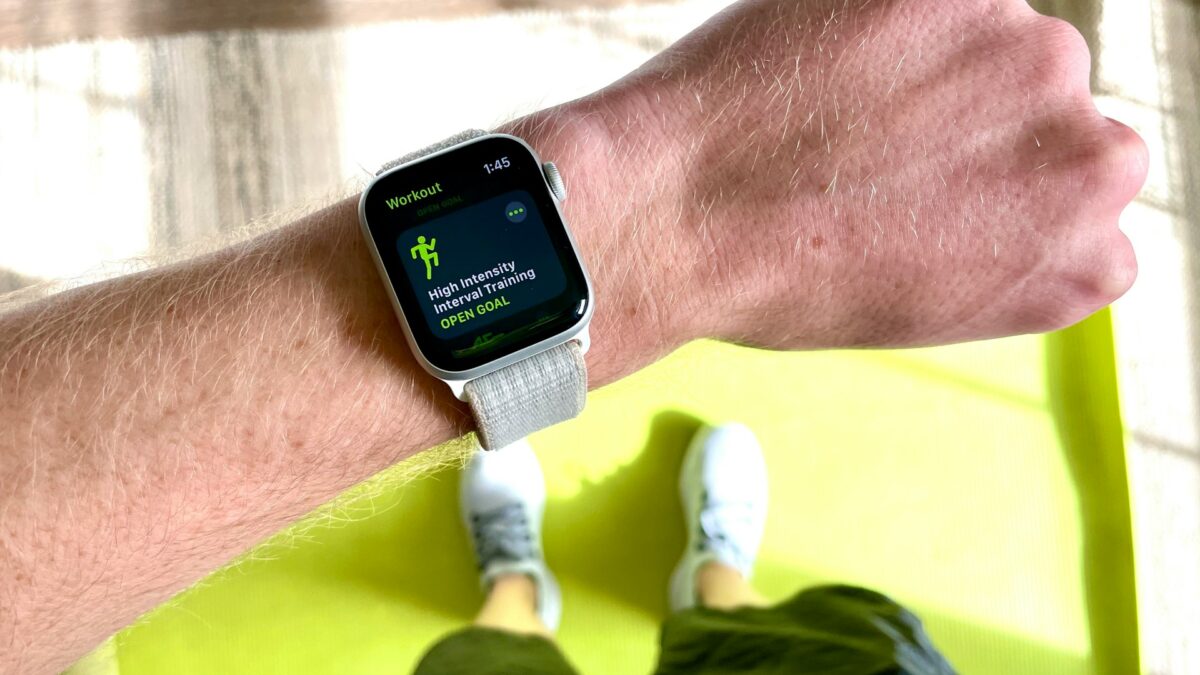
Pull-Up Power: Mapping the Muscle Engagement in This Classic Exercise
As you know, pull-ups are a great way to work the upper body’s muscles. They are also great for building muscle. You can do them with just your weight and something to hold on to, like typical park bars, gym bars, or, if you prefer to train at home, your wall bars.
If you still need to decide which muscles are involved, read on. This article explains the different types of pull-ups and the muscles they work.
The main muscles that work the pull-ups
If you want to work your upper body, pull-ups are a great addition to your routine. They’re a bit complicated, especially at first. Still, with just one exercise, you work many muscles at once, such as the latissimus dorsi, biceps, pectoralis, trapezius, rhomboids, teres major, teres minor, and infraspinatus, among others. Of course, different pull-up variations engage different muscles to varying degrees, but they all contribute to the overall workout.
- The latissimus dorsi muscle helps pull the upper part of the spleen closer to the body, which allows it to rise toward the bar.
- The biceps are the main muscles used for lifting the bar. It works together with the lats, especially when lowering.
- The trapezius is responsible for holding the weight in pull-ups.
- The deltoid is another muscle that gets a workout with this type of exercise. Depending on the grip you use, the deltoid will be activated differently.
- The pectoralis major is a great help to the latissimus dorsi when you’re pulling yourself up in a pull-up.
- The teres major, teres minor, and infraspinatus muscles are also great helpers of the latissimus dorsi.
Now that you know which muscles are involved in general, let’s look at which muscles work depending on the type of grip. Just a quick reminder! It’s important to mix up your grip training and stick to more than one option. Variety is the key to effectiveness!
Three main types of grip for pull-ups
When we talk about holds, we can generally distinguish between three main types:
- Prone grip (pull-ups): This is when the backs of your hands face you and your palms face outward.
- The supine grip (chin-ups) is when the palms face you and the backs of the hands face outward.
- A neutral grip is when your hands aren’t facing sideways or backward. It’s like extending your arms and gripping the bars in the same position.
Which muscles are used for the different pull-ups?
Different grips affect different muscles in different ways, so it’s important to mix up our routines.
- The main muscles that work with a prone grip are the latissimus dorsi, trapezius, and infraspinatus, which are more involved than with a supine grip.
- The main muscles that work with a supine grip are the pectoralis major, biceps brachii, spinal erector spinae, and external oblique. These are activated more than in a supine grip.
- The main muscles working with the neutral grip are those of the prone and supine grip, with the pectoralis major being activated more than the former.
Mistakes to avoid when doing pull-ups
Now that you know the different grips activate different muscles, it’s time to discuss common mistakes people make when doing pull-ups. We’ll also discuss how to get the most out of your workout and avoid short—and long-term injuries.
It’s important to avoid using body momentum. To get the most out of pull-ups, you need to work the muscles in your arms and back. The temptation to jump to reach the bar and swing as a mode of momentum means you’re not working on important pull-up muscles, like the latissimus dorsi.
But you should feel like you’re working! Abs and lower body muscles are involved in kipping, which is the name of this variation, even though they’re not the main focus in pull-ups.
Try not to contract your shoulders too much. If you feel your shoulders almost at ear level, it’s best to back off. Your trapezius will be overloaded, and you’ll start to see some unexpected changes in your pull-ups.
Just count the reps you complete. Ouch! Don’t let yourself think that incomplete reps count. To get the most out of your workout, focus on the reps you complete. It’s better to do a few reps well than many reps poorly.
Keep a steady pace when lowering yourself, and don’t rush it. Fatigue can make it seem like you’ve already lowered yourself enough, but you haven’t. Don’t listen to her! Make sure you stretch your elbows well with each repetition.
Now that you know which muscles the pull-ups work, have you noticed progress in all these muscles?



